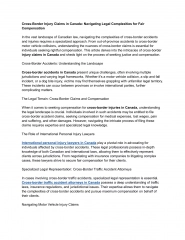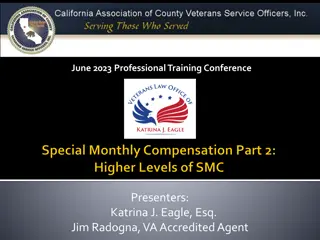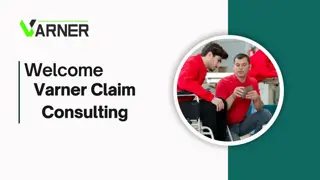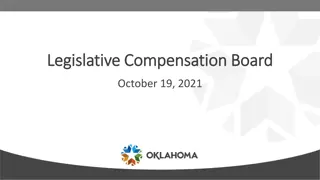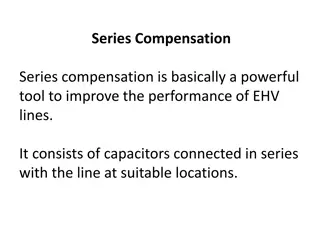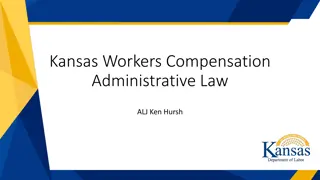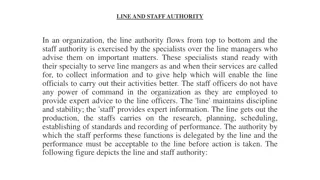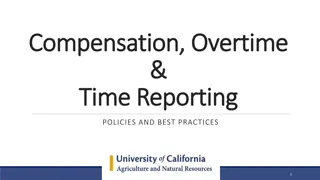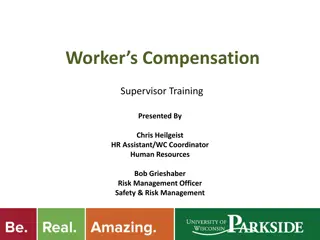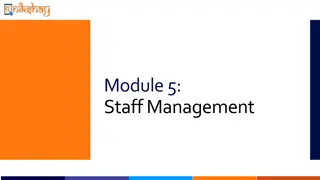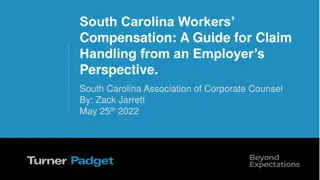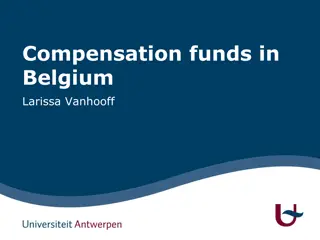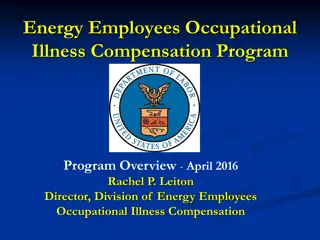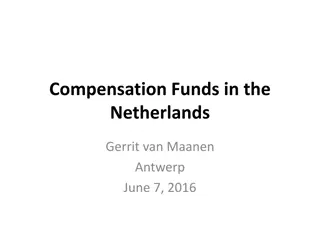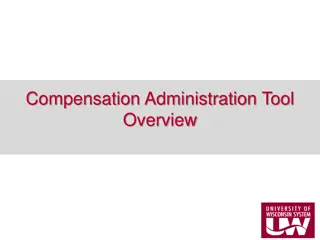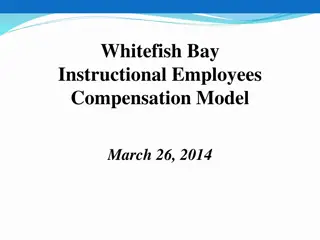Staff Compensation and Benefits Overview
In this presentation, the evolution from an old compensation package to a new one is highlighted. The reasons for the change, such as complying with regulations and attracting top talent, are explained. The new package includes hourly wages, overtime pay, and benefits like HSA, RRSP, and LTD. Lessons learned emphasize the importance of employee buy-in and managing overtime effectively. Additionally, a savings option for winter months with fewer working hours is introduced. Visual aids complement the detailed information provided.
Download Presentation

Please find below an Image/Link to download the presentation.
The content on the website is provided AS IS for your information and personal use only. It may not be sold, licensed, or shared on other websites without obtaining consent from the author.If you encounter any issues during the download, it is possible that the publisher has removed the file from their server.
You are allowed to download the files provided on this website for personal or commercial use, subject to the condition that they are used lawfully. All files are the property of their respective owners.
The content on the website is provided AS IS for your information and personal use only. It may not be sold, licensed, or shared on other websites without obtaining consent from the author.
E N D
Presentation Transcript
Vision computation has centered about machines, not people . In the future, computation will be human-centered. It will be freely available everywhere, like batteries and power sockets, or oxygen in the air we breathe . we'll communicate naturally, using speech and gestures that describe our intent .
Challenges Pervasive: must exist everywhere Embedded: must merge with out world seamlessly Flexible: must adapt to our changing needs Eternal: must never shut down or reboot
Approach E21s: Embedded devices Create intelligent spaces in offices, building, homes, etc. Array of microphones/cameras, large area display Source of computation H21s: Handheld devices Mobile access point for intelligent spaces Multiple communication protocols e.g. phone, beeper, radio, television N21s: Networks Connect dynamically changing environments of mobile and stationary devices Room, building, or campus-wide communication
References "MIT Project Oxygen." MIT Project Oxygen. Computer Science and Artificial Intelligence Laboratory, n.d. Web. Weiser, Mark. "Ubiquitous Computing." Ubiquitous Computing. N.p., 17 Mar. 1996. Web










